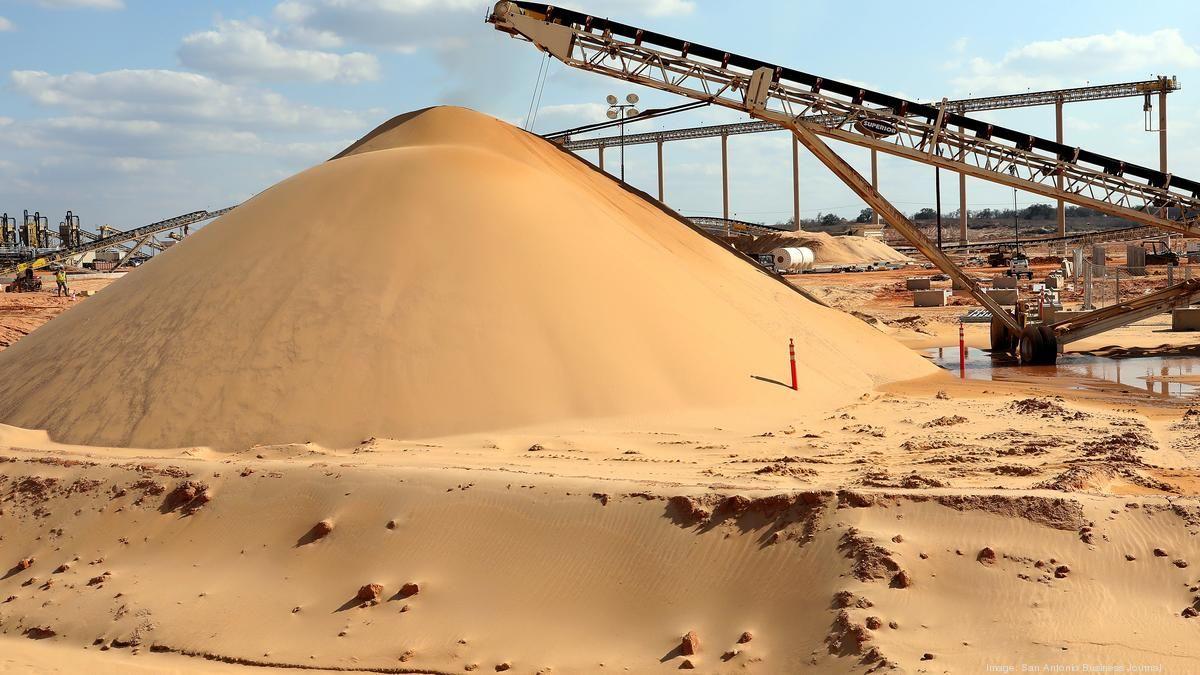Frac Sand Market: Innovations in Proppant Technology

The frac sand market plays a crucial role in hydraulic fracturing, enabling the efficient extraction of oil and natural gas from deep underground reservoirs. As energy companies seek to optimize recovery rates and reduce operational costs, innovations in proppant technology are reshaping the industry. Advanced materials, improved processing techniques, and sustainable alternatives are driving new opportunities for market growth.
Market Strategies
The frac sand market is highly competitive, with companies focusing on strategic initiatives to enhance efficiency, improve product quality, and minimize environmental impact. Key strategies include investing in advanced mining and processing technologies, optimizing logistics networks, and developing alternative proppants to improve well performance.
- Companies are increasingly investing in high-quality sand processing to meet the demand for finer, more durable proppants. This includes enhanced purification techniques to remove impurities and ensure uniform grain size.
- Strategic partnerships between frac sand suppliers and oil and gas producers are becoming more common, ensuring long-term supply agreements and stable demand.
- Logistics optimization plays a key role in market strategies, with companies focusing on rail and trucking networks to streamline transportation and reduce costs.
- Sustainability initiatives are gaining traction, as companies explore ways to reduce water and energy consumption during sand processing and transportation.
By adopting these strategies, market players aim to stay competitive in an industry that is constantly evolving due to technological advancements and shifting regulatory requirements.
Innovations in Proppant Technology
Technological advancements in proppant materials are transforming the efficiency and effectiveness of hydraulic fracturing operations. Traditional frac sand remains a key component, but new innovations are enhancing performance, durability, and sustainability.
-
Resin-Coated Sand: One of the most significant innovations in proppant technology is the development of resin-coated sand. This type of sand is treated with a special resin coating that improves its strength and prevents crushing under high pressure. It also enhances flowback control, reducing the amount of sand that returns to the surface during production.
-
Ceramic Proppants: Ceramic-based proppants offer superior strength and conductivity compared to natural sand. These engineered materials are designed to withstand extreme pressure conditions, making them ideal for deep and high-temperature reservoirs. Although more expensive than traditional sand, ceramic proppants provide long-term efficiency gains by improving well productivity.
-
Ultra-Fine and Ultra-Strong Sands: Advances in sand processing have led to the production of ultra-fine and ultra-strong proppants that optimize permeability and improve hydrocarbon flow. These sands are carefully selected based on grain size distribution, ensuring they provide the best possible performance in different geological formations.
-
Biodegradable Proppants: The industry is exploring biodegradable and eco-friendly alternatives to traditional sand. These proppants aim to minimize environmental impact while maintaining high performance in fracking operations. Research into natural polymer-based materials and sustainable coating technologies is helping to drive innovation in this space.
-
Nanotechnology in Proppants: The integration of nanotechnology into proppant design is another area of innovation. Nanoparticles can be added to proppant coatings to improve chemical resistance, increase conductivity, and enhance the longevity of proppants in the reservoir. This technology has the potential to revolutionize the way proppants interact with underground formations.
The Role of Digital Technologies
Alongside material innovations, digital advancements are playing an increasingly important role in the frac sand market.
-
Automation in Mining and Processing: Companies are implementing automation technologies in sand mining and processing plants to improve efficiency and reduce operational costs. Automated sorting and quality control systems ensure consistent proppant properties, reducing waste and improving supply reliability.
-
Real-Time Data Analytics: The use of real-time monitoring systems in fracking operations is enabling better decision-making regarding proppant selection and deployment. Advanced analytics help optimize sand usage, reducing excess consumption and improving overall cost efficiency.
-
Supply Chain Optimization: Digital platforms and artificial intelligence are being used to streamline logistics and transportation, ensuring timely delivery of frac sand to drilling sites. This reduces downtime and enhances the efficiency of hydraulic fracturing operations.
Challenges and Future Outlook
Despite the rapid advancements in proppant technology, the frac sand market faces several challenges. The high cost of advanced proppants, regulatory scrutiny on environmental impacts, and fluctuating demand in the oil and gas sector all influence market growth. However, continued investment in research and development is expected to drive further innovations, making proppants more efficient, cost-effective, and environmentally friendly.
- Art
- Causes
- Crafts
- Dance
- Drinks
- Film
- Fitness
- Food
- Games
- Gardening
- Health
- Home
- Literature
- Music
- Networking
- Other
- Party
- Religion
- Shopping
- Sports
- Theater
- Wellness


